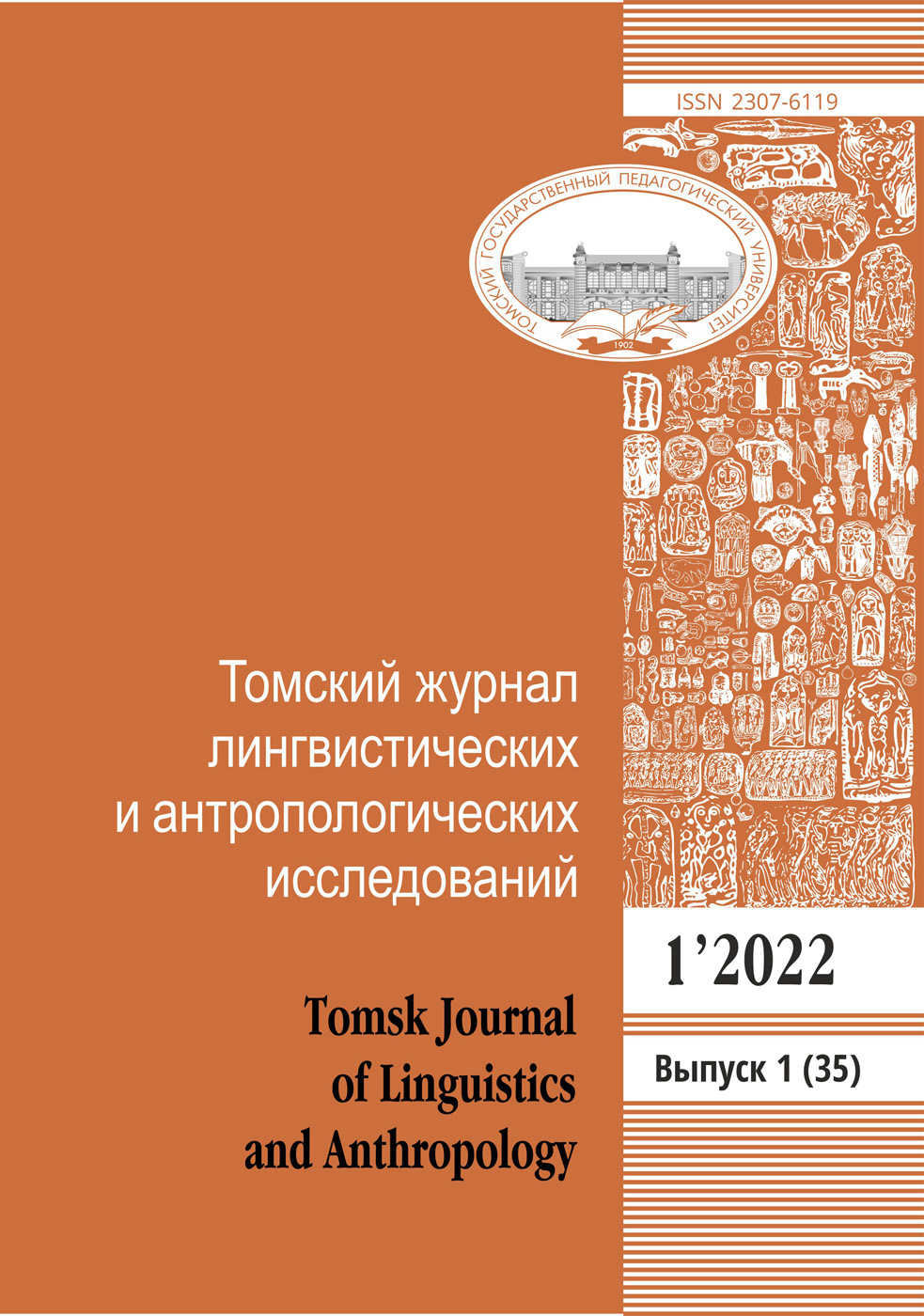EXPERIENCE OF USE OF LANDING PAGES AT THE UNIVERSITY
DOI: 10.23951/2307-6127-2020-4-77-82
The national technological development strategy adopted in our country has influenced all levels of education [1]. The focus on training personnel for the digital economy has led to the opening of new specialties in universities, which has affected the work of key structural divisions of these organizations. The organization of the educational process has changed, and the projects «digital educational environment» and «digital university» have been launched. Such changes have had an impact on the defining structure of any university - the work of the enrollment board. Most universities on a par with traditional methods actively use alternative methods, among which special attention is paid to the Internet. Social networks, forums, contextual advertising, email newsletters, and other means of communication are used to create a flow of visitors to educational organizations’ websites. Growing competition every year affects the appearance and shape of the entry point of a potential listener or entrant if earlier users got to the main section of the organization’s website, today they are special landing pages created according to all the rules of design and marketing. A separate role in organizing the recruitment of listeners via the Internet is played by the «relationship management system» – a database of applications and the ability to track the status of their processing by call center employees. This paper presents the experience of Tomsk universities in automating the work of the admissions Committee, shows the result of using landing pages for recruiting students for educational programs, as well as students for additional education programs.
Keywords: landing page, entrant, enrollment board
References:
1. Ukaz Prezidenta Rossiyskoy Federatsii “O Strategii nauchno-tekhnologicheskogo razvitiya Rossiyskoy Federatsii” ot 01.12.2016 g. № 642 [Decree of the President of the Russian Federation: on the strategy for scien-tific and technological development of the Russian Federation from December 1, 2016 no. 642] (in Russian). URL: http://kremlin.ru/acts/bank/41449 (accessed 28 February 2020) .
2. Bolonskiy protsess [The Bologna Process] (in Russian). URL: https://ru.wikipedia.org/wiki/Болонский_процесс (accessed 29 February 2020).
3. The 7 Principles of Conversion-Centered Design. URL https://unbounce.com/conversion-centered-design/ (accessed 29 February 2020).
4. Sistema upravleniya vzaimootnosheniyami s kliyentami [Customer relation-ship management system] (in Russian). URL https://ru.wikipedia.org/wiki/Система_управления_взаимоотношениями_с_клиентами (accessed 2 March 2020).
5. Sistema upravleniya soderzhimym [Content management system] (in Russian). URL https://ru.wikipedia.org/wiki/Система_управления_содержимым (accessed 2 March 2020).
6. Yulenkov S. E., Kotel’nikova S. V., Kasatkin A. S. Rol’ sovremennykh CRM-sistem v obrazovatel’nykh uchrezhdeniyakh [The role of modern CRM sys-tems in educational institutions]. Reshetnevskiye chteniya, 2016, no. 20 (in Russian). URL: https://cyberleninka.ru/article/n/rol-sovremennyh-crm-sistem-v-obrazovatelnyh-uchrezhdeniyah (accessed 4 March 2020).
7. Moiseyenko N. A., Yunusov A. R., Yunusova M. R. Vozmozhnosti ispol’zovaniya CRM-sistem v obrazovatel’noy sfere [Possibilities of using CRM-systems in the educational sphere]. Alleya nauki, 2017, vol. 2, no. 16, pp. 941–944 (in Russian). URL: https://www.elibrary.ru/item.asp?id=32371084 (accessed 4 March 2020).
8. Klishin A. N., Stas’ A. N., Gazizov T. T., Goryunov V. A., Kiyanitsyn A. V., Butakov A. N., Mytnik A. A. Osnovnye napravleniya informatizatsii deyatel’nosti Tomskogo gosudarstvennogo pedagogicheskogo universiteta [The main directions of informatization of the activities of Tomsk State Peda-gogical University]. Vestnik Tomskogo gosudarstvennogo pedagogicheskogo universiteta – Tomsk State Pedagogical University Bulletin, 2015, vol. 3 (156), pp. 110–118 (in Russian).
9. Shklyar T. L. CRM-sistema – novaya stupen’ka v sfere obrazovaniya [CRM-system is a new step in the field of education]. Evraziyskoye nauchnoye ob”edineniye – Urasion Scientific Association, 2015, no. 7, pp. 82–84 (in Russian).
10. Burunkov P. A. Primeneniye sovremennykh CRM-tekhnologiy v sfere obrazovaniya [The use of modern CRMtechnologies in the field of education]. Nauchnoye soobshchestvo studentov: materialy X Mezhdunar. studench. nauch.-prakt. konf.(Cheboksary, 17 iyunya 2016 g.) [The scientific community of students: materials of the X Intern. student scientific – practical conf. (Cheboksary, June 17, 2016]. Cheboksary, Interaktiv plyus Publ., 2016. Pp. 174–176 (in Russian).
Issue: 4, 2020
Series of issue: Issue 4
Rubric: HIGHER EDUCATION
Pages: 77 — 82
Downloads: 1123





